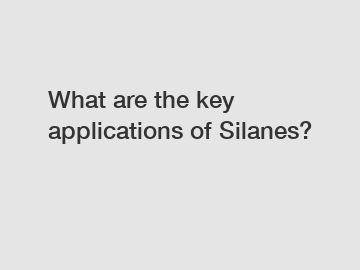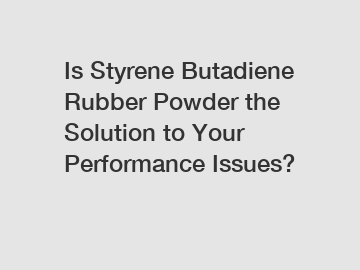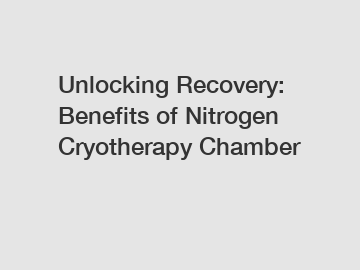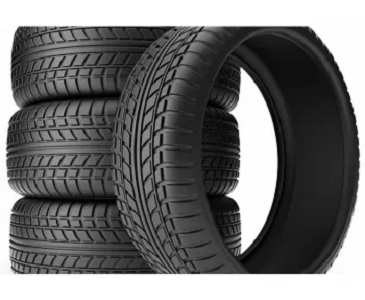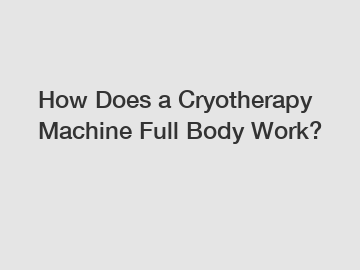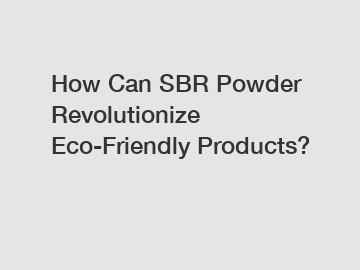What is HPMC for Paint and Its Benefits?
Understanding HPMC in Paints
HPMC, or Hydroxypropyl Methylcellulose, is a widely used additive in the paint industry that enhances both the performance and application properties of paints. Its inclusion not only improves the viscosity but also increases the adhesion and stability of the paint, making it a crucial component in modern formulations.
Origin of HPMC
HPMC is a semi-synthetic polymer derived from cellulose, a natural polymer found in the cell walls of plants. Its history dates back to the development of various cellulose ethers in the early 20th century, which showcased their versatility in multiple applications, including textiles, food, and construction. The paint industry soon recognized the benefits of HPMC, leading to its widespread adoption.
Benefits of HPMC in Paint
One of the primary benefits of HPMC is its role as a thickening agent. By increasing the viscosity of paint, it prevents settling and ensures a uniform application. This property is particularly important for high-quality finishes and for paints used on vertical surfaces where drips and runs can be problematic.
Additionally, HPMC enhances the paint's open time, allowing painters to work more leisurely without the paint drying too quickly. This flexibility is especially beneficial for intricate projects requiring detailed brushwork or multiple coats. Furthermore, HPMC improves the overall consistency of the paint, contributing to a smoother application and a more pleasing aesthetic result.
Adhesion and Stability
Another significant advantage of HPMC is its ability to enhance adhesion. Paints formulated with HPMC offer better bonding to surfaces, which is crucial for long-lasting finishes. This means that painted surfaces are less prone to chipping, peeling, or flaking over time, resulting in fewer maintenance costs and longer upkeep for property owners.
Related links:HPMC vs. Traditional Thickeners: Revolutionizing Paint Formulations
FAQS ABOUT ANIONIC SURFACTANTS
How to Select Re-dispersible Polymer Powder for Wall Putty Suppliers?
4 Tips to Select a Quality Re-dispersible Polymer Powder for Gypsum Plasters Producer
How High Quality CAS:6642-31-5 Transforms Industries?
How Cryotherapy Chambers Enhance Recovery: Worth the Investment?
Unlocking CAS 6303 21 5 ODM: A Complete Guide
Stability is also improved with the use of HPMC. It helps in controlling the viscosity under varying temperature conditions, ensuring that paints remain effective regardless of environmental factors. This is essential for both outdoor and indoor applications where temperature fluctuations can significantly impact the performance of paint.
Environmental and Economic Impact
The use of HPMC in paint formulations also touches on environmental considerations. As a non-toxic and biodegradable material, HPMC aligns with the increasing demand for eco-friendly building materials and coatings. Consumers are becoming more conscious of the products they use, pushing industries to develop safer alternatives.
Economically, HPMC contributes to reducing overall costs in the painting process. Its properties reduce the need for multiple products while enhancing paint quality, leading to savings in both material and labor expenditures. As such, HPMC serves both functional and financial purposes within the industry.
Conclusion
In summary, HPMC is a vital additive in the paint industry that improves viscosity, adhesion, and stability while promoting eco-friendly practices. Its multifunctional benefits support high-quality paint applications and contribute positively to both economic and environmental aspects. As the demand for better paint formulations continues to rise, the significance of HPMC will likely grow, ensuring its place as an indispensable component in paint technology.
Want more information on HPMC for Paint, OEM hydroxypropyl starch ether factory, OEM hydroxypropyl starch ether manufacturer? Feel free to contact us.
Related links:6-Amino-1,3-Dimethylpyrimidine-2,4-Dione vs. Other Nucleic Acid Analogues
Cryotherapy Machine Full Body vs. Localized Treatment: Which is Better?
Unlocking Tetraethyl Orthosilicate: Benefits & Applications
Benefits of SBR Latex in Artificial Turf: What You Need to Know!
Why choose Magnesium Oxide for tire production?
What are the key applications of CAS 20320-59-6?
Is a Home Red Light Therapy Chamber Worth the Investment?


